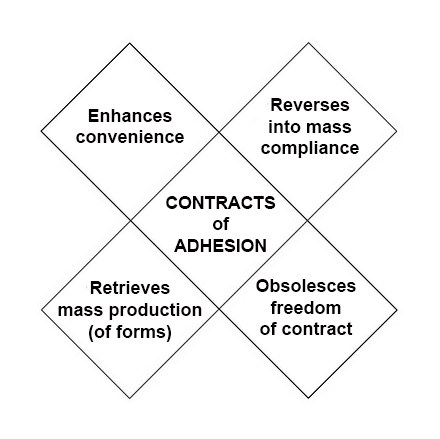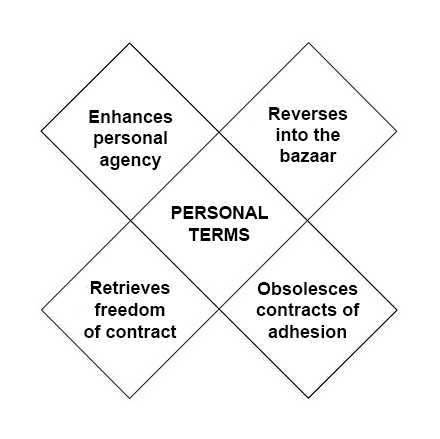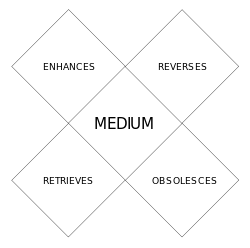
Way back in 1995, when our family was still new to the Web, my wife asked a question that is one of the big reasons I started ProjectVRM: Why can’t I take my own shopping cart from one site to another?
The bad but true answer is that every site wants you to use their shopping cart. The good but not-yet-true answer is that nobody has invented it yet. By that I mean: not a truly personal one, based on open standards that make it possible for lots of developers to compete at making the best personal shopping cart for you.
Think about what you might be able to do with a PSC (Personal Shopping Cart) online that you can’t do with a physical one offline:
- Take it from store to store, just as you do with your browser. This should go without saying, but it’s still worth repeating, because it would be way cool.
- Have a list of everything parked already in your carts within each store.
- Know what prices have changed, or are about to change, for the products in your carts in each store.
- Notify every retailer you trust that you intend to buy X, Y or Z, with restrictions (meaning your terms and conditions) on the use of that information, and in a way that will let you know if those restrictions are violated. This is called intentcasting, and there are a pile of companies already in that business.
- Have a way to change your name and other contact information, for all the stores you deal with, in one move.
- Control your subscriptions to each store’s emailings and promotional materials.
- Have your own way to express genuine loyalty , rather than suffering with as many coercive and goofy “loyalty programs” as there are companies
- Have a standard way to share your experiences with the companies that make and sell the products you’ve bought, and to suggest improvements—and for those companies to share back updates and improvements you should know about.
- Have wallets of your own, rather than only those provided by platforms.
- Connect to your collection of receipts, instruction manuals and other relevant information for all the stuff you’ve already bought or currently rent. (Note that this collection is for the Internet of your things—one you control for yourself, and is not a set of suction cups on corporate tentacles.)
- Your own standard way to call for service or support, for stuff you’ve bought or rented, rather than suffering with as many different ways to do that as there are companies you’ve engaged
All of these things are Me2B, and will give each of us scale, much as the standards that make the Internet, browsers and email all give us scale. And that scale will be just as good for the companies we deal with as are the Internet, browsers and email.
If you think “none of the stores out there will want any of this, because they won’t control it,” think about what personal operating systems and browsers on every device have already done for stores by making the customer interface standard. What we’re talking about here is enlarging that interface.
I’d love to see if there is any economics research and/or scholarship on personal scale and its leverage (such as personal operating systems, devices and browsers give us) in the digital world). Because it’s a case that needs to be made.
Of course, there’s money to me made as well, because there will be so many more, better and standard ways for companies to deal with customers than current tools (including email, apps and browsers) can by themselves.




 The
The difference between Phase One and Phase Two is
difference between Phase One and Phase Two is  Next steps in tracking protection and ad blocking. At the last VRM Day and IIW, we discussed
Next steps in tracking protection and ad blocking. At the last VRM Day and IIW, we discussed 

















You must be logged in to post a comment.